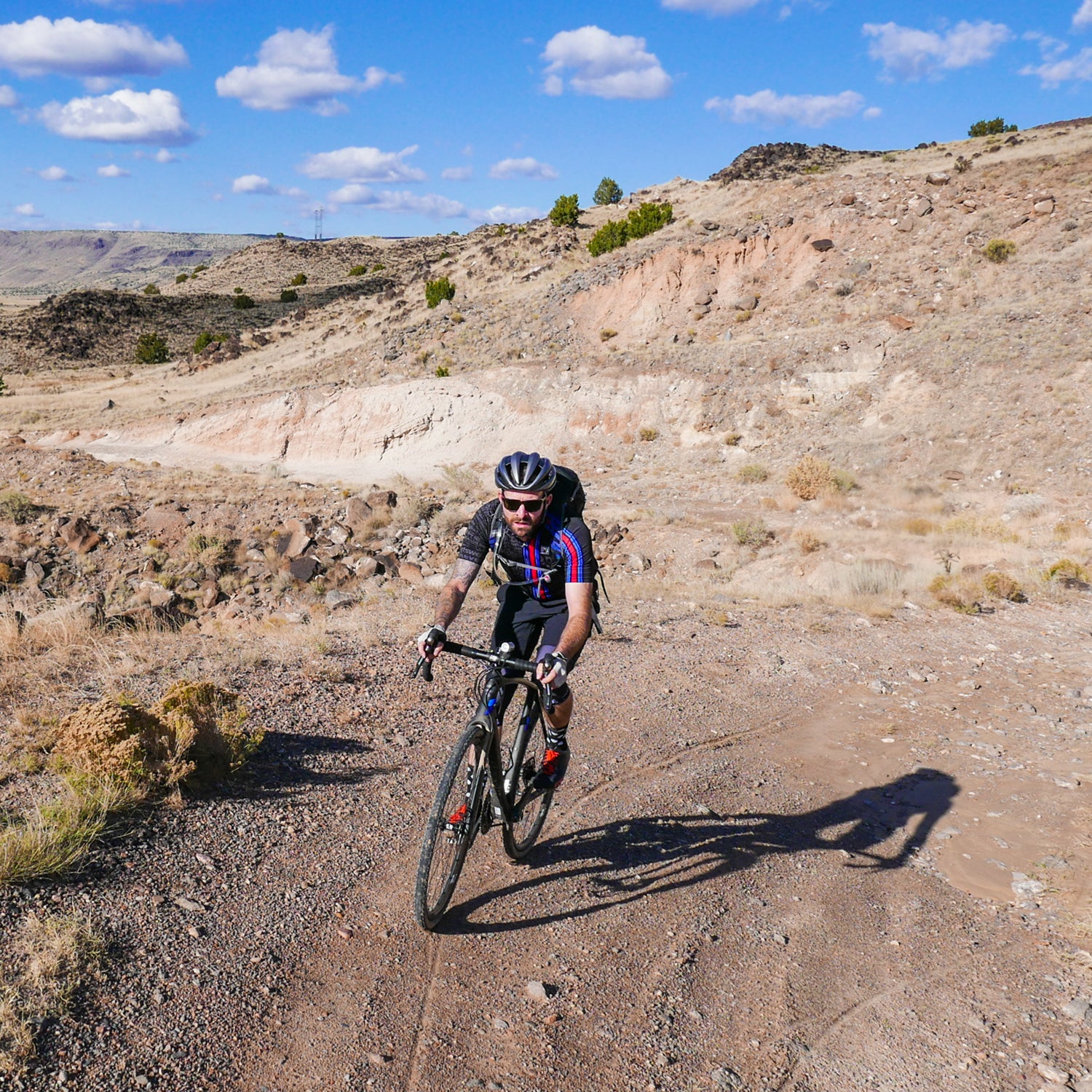Late last month, two friends and I parked our car at a local train station in Albuquerque, New Mexico, hopped on our bikes, and proceeded to pedal 104 miles to Santa Fe via as many dirt and back roads as possible. The ride was part of an ongoing that brings local New Mexico cyclists together for long, unsupported, off-the-grid, sometimes totally absurd events. Including the three of us, only seven people showed up.
All told, we rode just over ten hours and climbed more than 7,000 feet in high mountains and cactus-filled desert, drank several cups of bad gas-station coffee, ate green and red chile burritos, were chased by three dogs, repaired a number of flats, and saw parts of New Mexico that we didn’t even know existed.
It was a sufferfest, but it was made a lot more bearable by the right gear. Here’s what I used to stay sane over the long miles.
Ridley X-Trail ($4,900 as Shown)
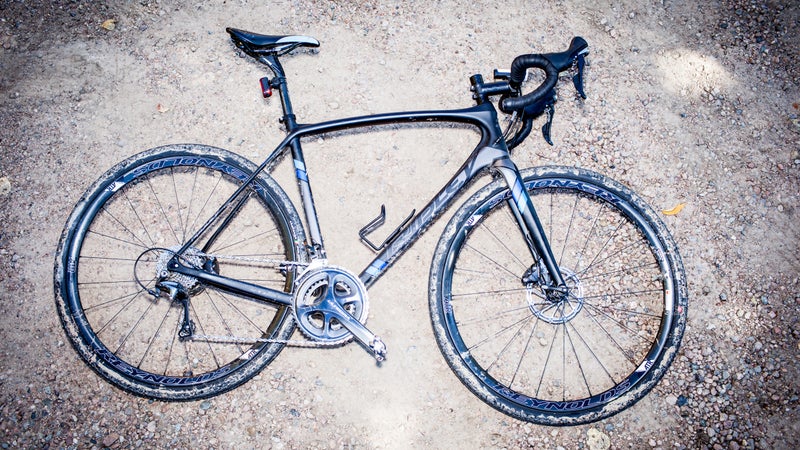
Ridley’s new carbon isn’t a gravel bike, a cross bike, or a road bike. Rather, it falls somewhere in between. The bottom bracket is lower than that of a typical cross bike for added stability, but the chainstays are shorter than what you’d find on a gravel-only bike, making it more responsive. The geometry is aggressive like a road bike, but there’s plenty of tire clearance for big tires, like the 38c’s I rode. There are also thru-axles on the front and back. This combination was perfect for the variable terrain, which included everything from stretches of smooth pavement to techy climbs that would have been easier on a mountain bike. I also added , which cut weight, took some of the bounce out of the nasty washboard, and tracked like lasers on the loose gravel.
Giro Empire VR90 ($300)
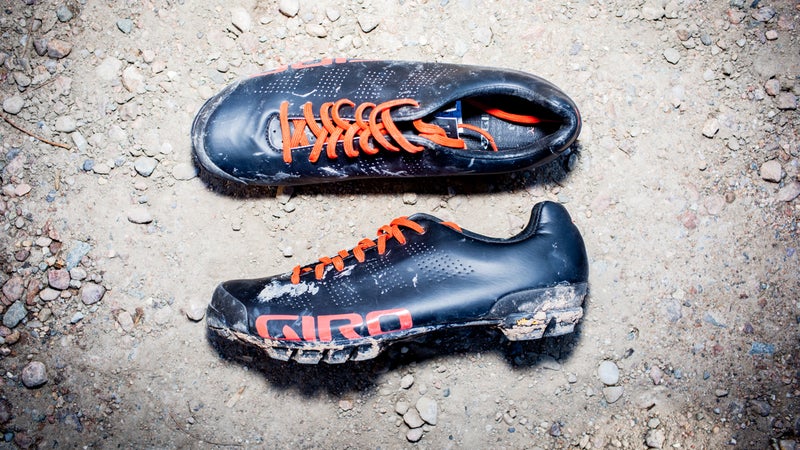
The stiff carbon soles on were essential for pedaling efficiency. The stout Vibram tread came in handy when we had to hike-a-bike on the steepest, rockiest part of the final climb into Santa Fe. I’m a big fan of Giro’s lace system because it’s so easy to dial in fit, and the breathable uppers kept my feet cool even after hours of hot riding.
7Mesh Synergy Jersey ($220)
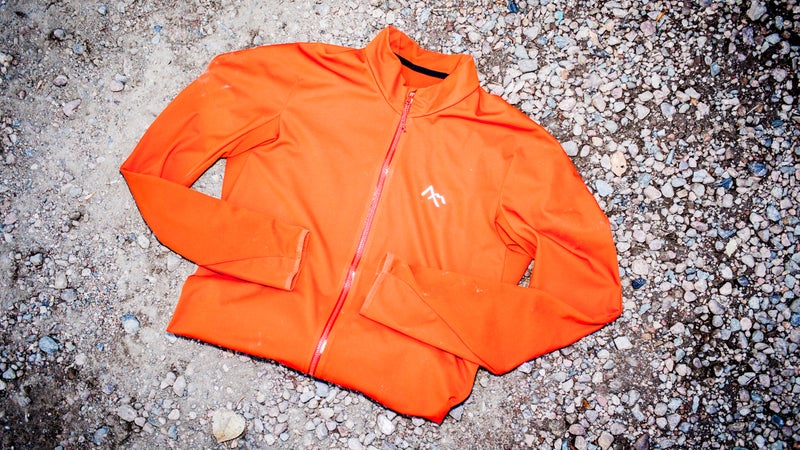
The features Windstopper soft-shell fabric on the torso and front of the arms and a highly breathable synthetic material everywhere else. Together, the two materials allow the wearer to be comfortable across a huge temperature range. I was able to ride without a vest during our 40-degree morning start, and then stayed comfortable until early afternoon, when the desert sun finally warmed up and temperatures reached into the 60s. As soon as the sun began to dip in the evening, however, the Synergy came right back on. I also used 7Mesh’s excellent , which caused zero chafing and provided plenty of support.
Osprey Viper 13 ($110)
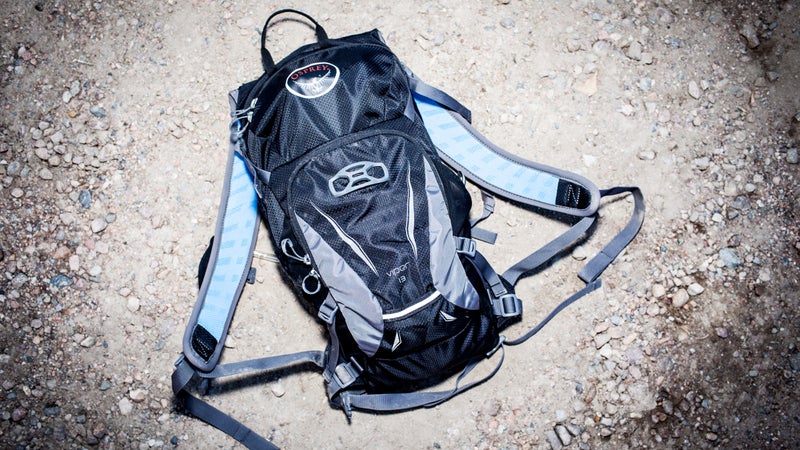
At one point, we rode 30 miles between gas stations, which meant we had to carry enough water for a couple hours in the sun. Instead of loading my bike with bottles, I rode with the new Osprey Viper 13, which holds a 2.5-liter bladder plus tubes, a jacket, food, and a camera. The mesh back vented well during the hottest part of the day, the magnetic chest strap kept my hydration hose out of the way, and, as I find to be the case with all Osprey packs, the Viper 13 carried well, even fully loaded.
Available in spring 2016.
Bontrager Ion 700 ($120)
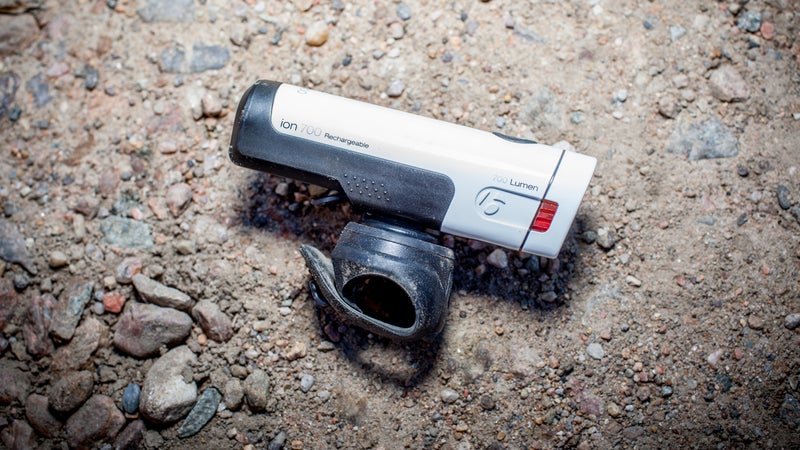
I never had to use , but I carried it on my bike all day anyway as a tiny insurance policy: If we had any serious mechanical problems, or even just one more flat, we would have approached Santa Fe in the dark. With 700 lumens, the Ion has plenty of power to fully light the road, takes up very little room on the handlebars, and provides several hours of light as long as you don’t run it solely on its brightest mode.
Rapha Pro Team Race Cape ($295)
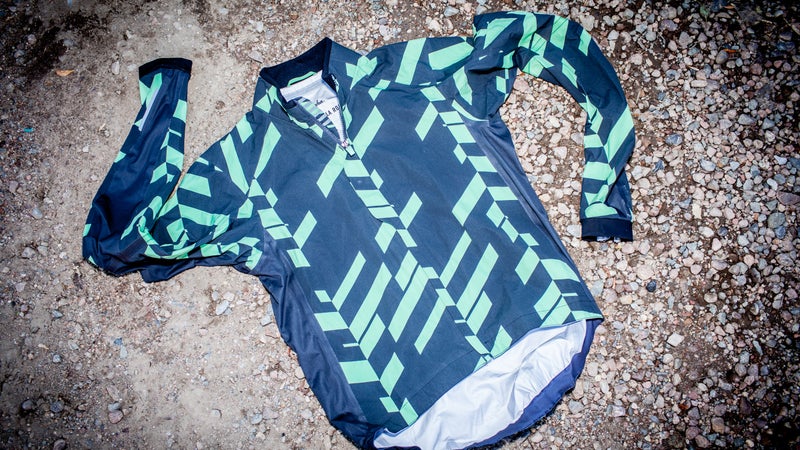
I pulled out only once—on a long, cold descent from about 9,000 feet in the Sandia Mountains—but it saved me. The waterproof, breathable shell kept me from going hypothermic yet vented well enough as I pedaled the last few miles to a gas station. I also appreciated that the svelte racer cut didn’t flap around in the wind while still covering my arms and back as I tucked into corners. The rest of the time, the jacket sat in my bag, where it packed down to the size of a spare tube.


